Name Matangini Hazra | ||
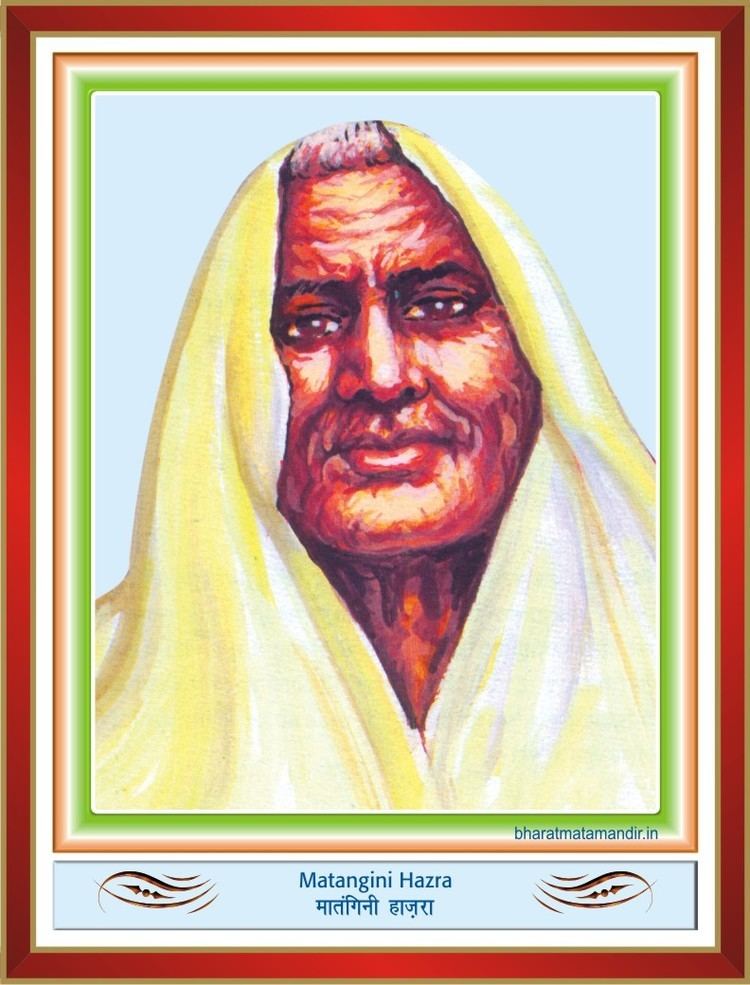 | ||
Died September 29, 1942, Tamluk | ||
Matangini hazra an indian revolutionary known as gandhi buri
Matangini Hazra (19 October 1870 – 29 September 1942) was an Indian revolutionary who participated in the Indian independence movement until she was shot dead by the British Indian police in front of the Tamluk Police Station (of erstwhile Midnapore District) on 29 September 1942. She was affectionately known as Gandhi buri, Bengali for old lady Gandhi.
Contents
- Matangini hazra an indian revolutionary known as gandhi buri
- Matangini Hazra A Great Indian Women Freedom Fighter
- Early life and involvement in the freedom movement
- Involvement in the Quit India Movement
- Legacy
- References
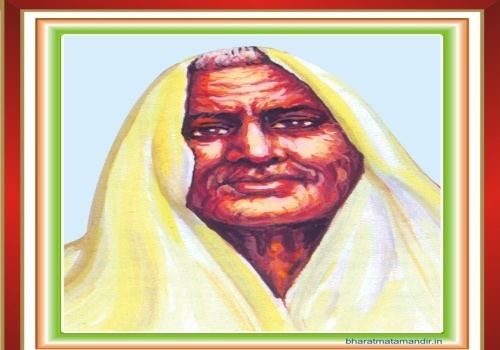
Matangini Hazra: A Great Indian Women Freedom Fighter
Early life and involvement in the freedom movement
Not much is known of Matangini Hazra's early life apart from that she was born in the small village of Hogla, near Tamluk in 1869, and that because she was the daughter of a poor peasant, she did not receive a formal education. She was married early and became widowed at the age of eighteen without bearing any offspring
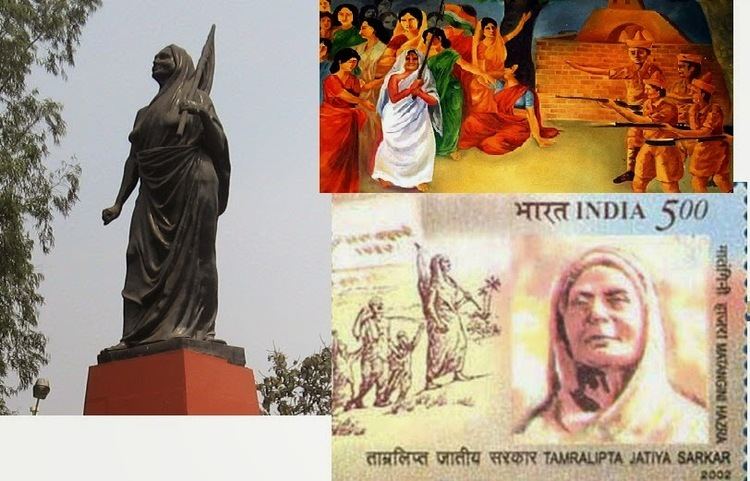
In 1905, she became actively interested in the Indian independence movement as a Gandhian. A notable feature of the freedom struggle in Midnapore was the participation of women. In 1932, she took part in the Civil Disobedience movement and was arrested for breaking the Salt Act. She was promptly released, but protested for the abolition of the tax. Arrested again, she was incarcerated for six months at Baharampur. After being released, she became an active member of the Indian National Congress and took to spinning her own Khadi. In 1933, she attended the subdivisional Congress conference at Serampore and was injured in the ensuing baton charge by the police.
Involvement in the Quit India Movement
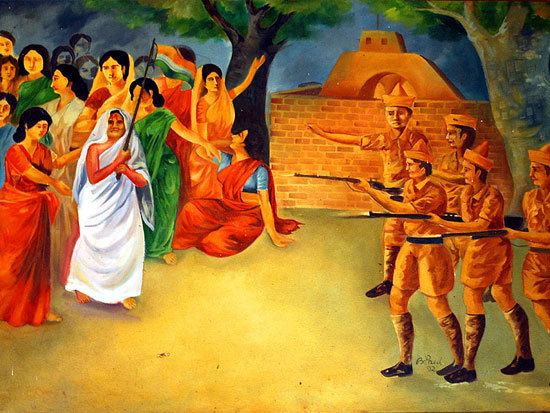
As part of the Quit India Movement, members of the Congress planned to take over the various police stations of Medinipore district and other government offices. This was to be a step in overthrowing the British government in the district and establishing an independent Indian state. Hazra, who was 71 years at the time, led a procession of six thousand supporters, mostly women volunteers, with the purpose of taking over the Tamluk police station. When the procession reached the outskirts of the town, they were ordered to disband under Section 144 of the Indian Penal Code by the Crown police. As she stepped forward, Hazra was shot once. Apparently, she had stepped forward and appealed to the police not to open fire at the crowd.
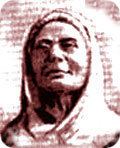
The Biplabi newspaper of the parallel Tamluk National Government commented:
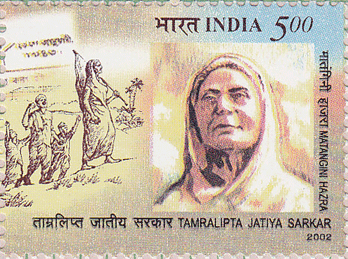
Matangini led one procession from the north of the criminal court building; even after the firing commenced, she continued to advance with the tri-colour flag, leaving all the volunteers behind. The police shot her three times. She continued marching despite wounds to the forehead and both hands.
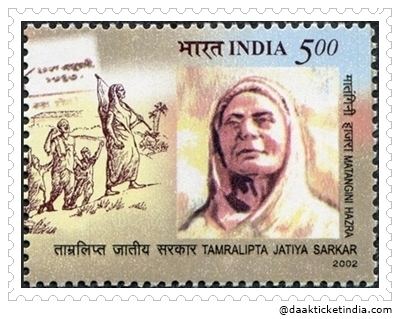
As she was repeatedly shot, she kept chanting Vande Mataram, "hail to the Motherland". She died with the flag of the Indian National Congress held high and still flying.
Legacy
The parallel Tamluk government incited open rebellion by praising her "martyrdom for her country" and was able to function for two more years, until it was disbanded in 1944, at Gandhi's request.
India earned Independence in 1947 and numerous schools, colonies, and streets were named after Hazra. The first statue of a woman put up in Kolkata, in independent India, was Hazra's in 1977. A statue now stands at the spot where she was killed in Tamluk. In 2002, as part of a series of postage stamps commemorating sixty years of the Quit India Movement and the formation of the Tamluk National Government, the Department of Posts of India issued a five rupee postage stamp with Matangini Hazra's likeness. Hazra Road in South Kolkata is named after her.
